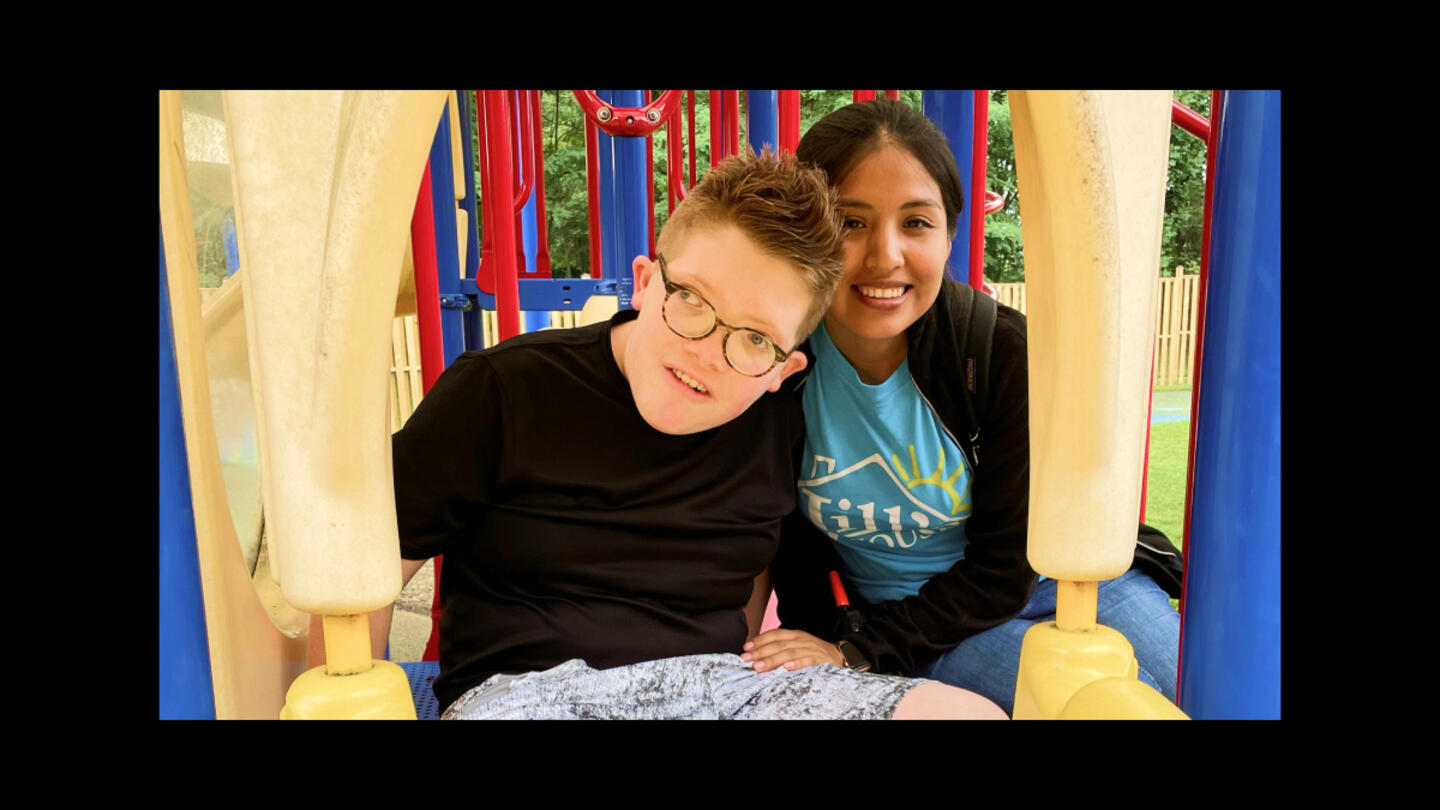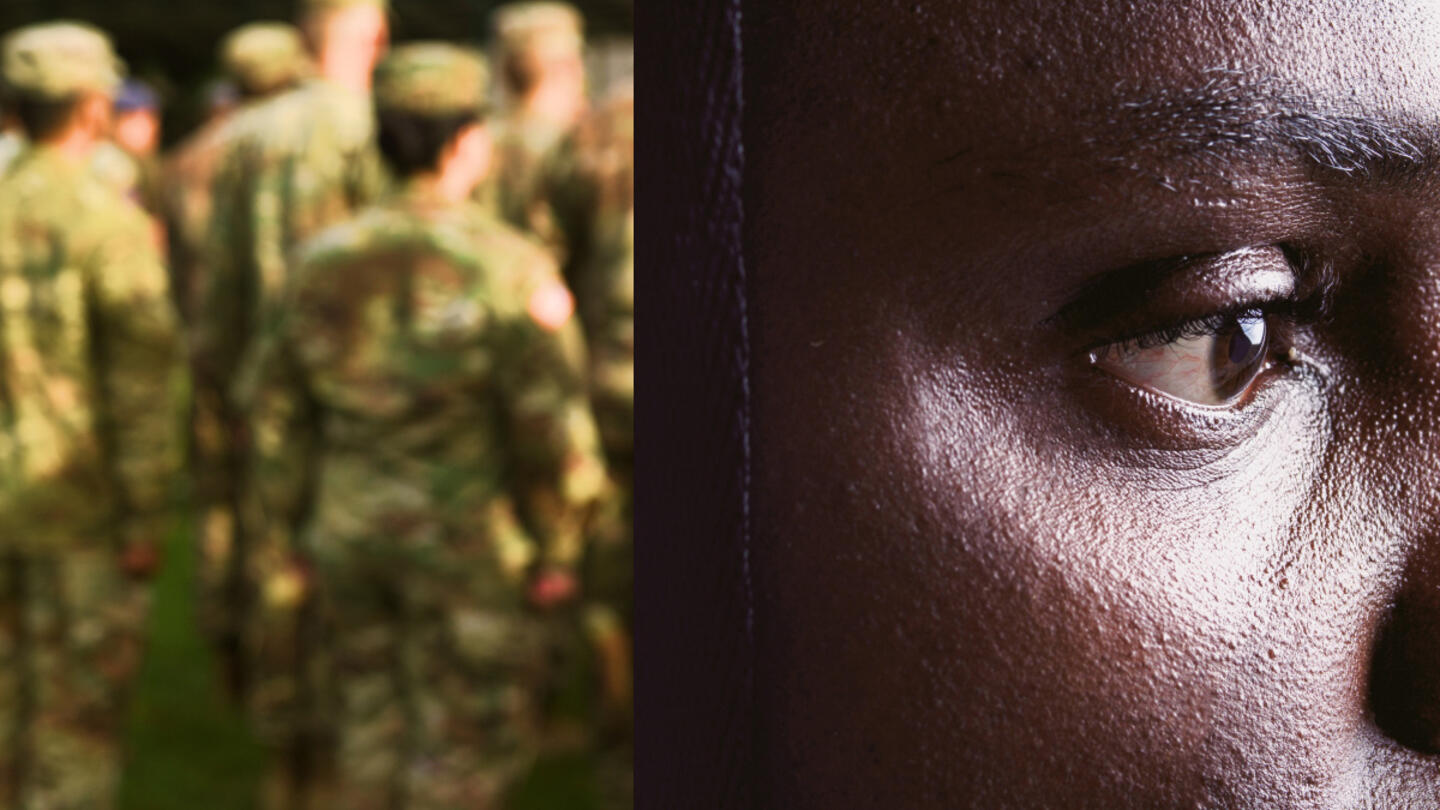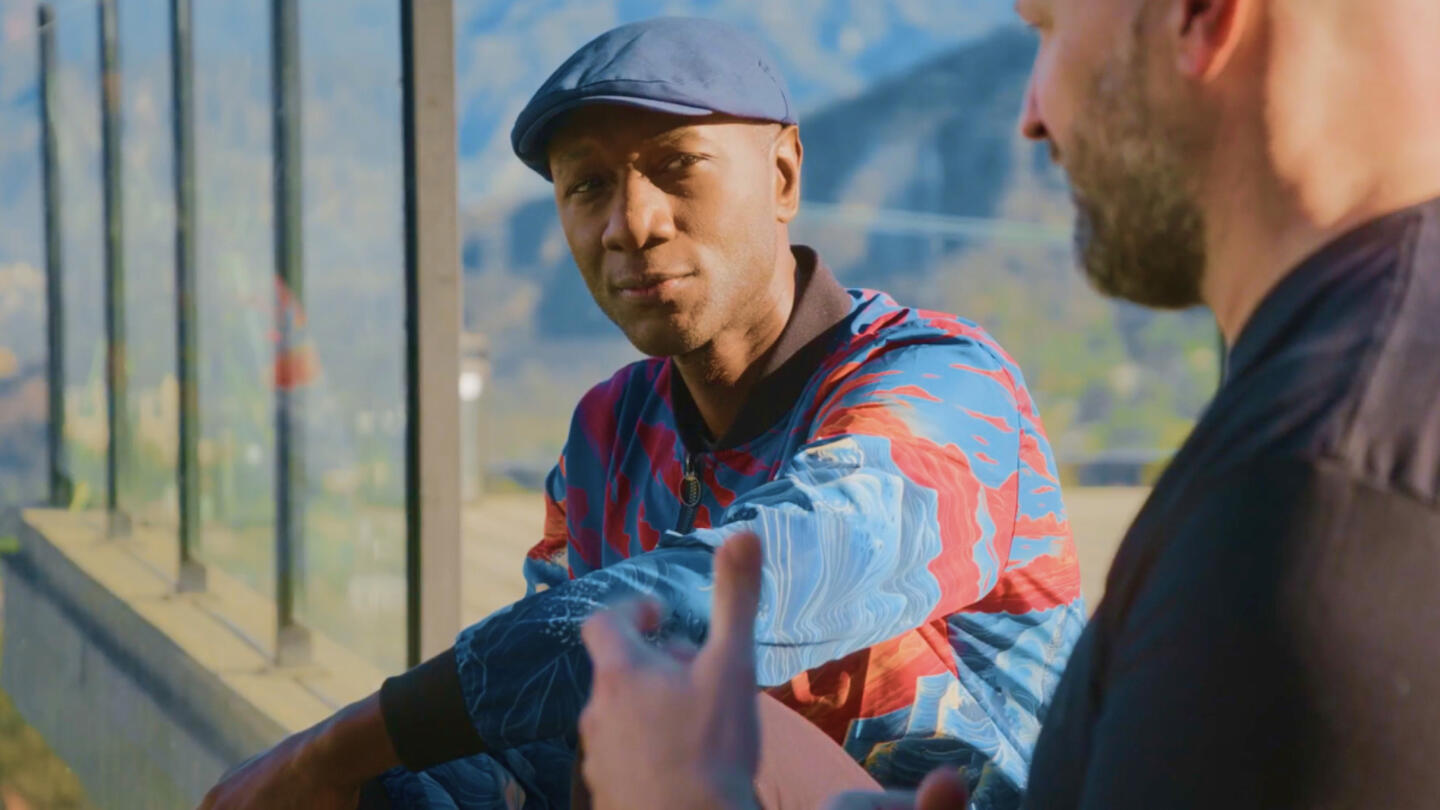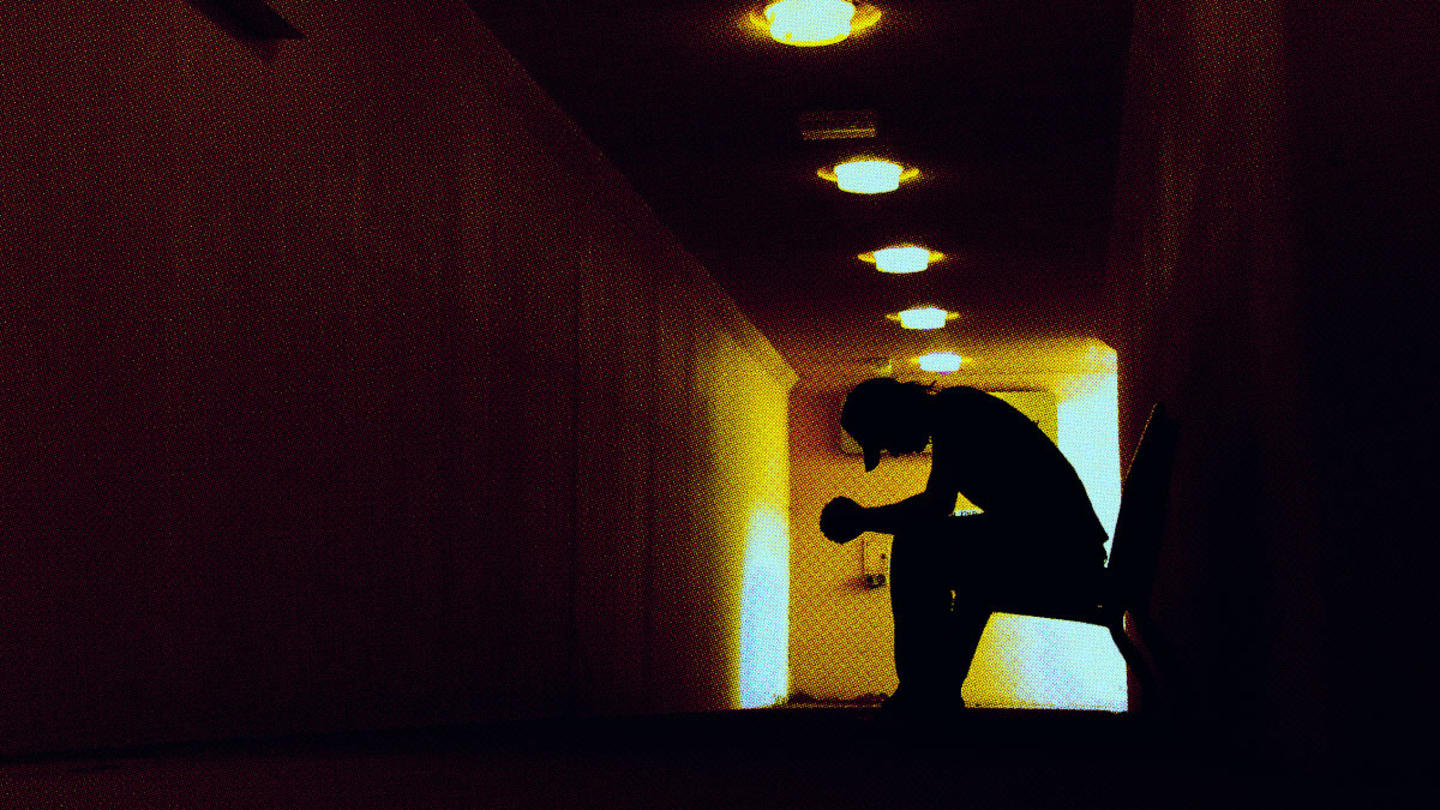What if Band-Aids only came in one size? The Band-Aid you use on a paper cut would probably be too small for a badly scraped knee. So then what? Do you make due and pile on the Band-Aids until the scrape is covered? Or do you get a larger Band-Aid? There is no such thing as an “average” wound. Each cut, burn, or scrape needs individual attention and treatment.
When it comes to substance use disorder, there is no such thing as an average addiction experience. Each person affected by substance use needs individual attention — care that treats the very personal wounds beneath the addiction. One-size-fits-all recovery programs are like trying to treat road rash with 50 half-inch Band-Aids. Sure, the rash is being treated, but will that treatment be effective?
Substance use disorder is a condition that can be overcome, but the most successful treatment programs are tailored to the needs of each individual in recovery. Below are five organizations that have rejected the myth of the “average” addiction experience. Read on to discover the innovative ways they are helping individual people with unique needs and challenges heal from addiction for good.
Unshattered: Building confidence and community in a unique way
When Kelly Lyndgaard was volunteering at a residential treatment facility, she noticed a fatal flaw in the program: Women were going home without clear next steps for long-term sobriety. “I would see these women that were talented and capable and committed to their sobriety go home and two weeks later be dead of an overdose,” she said. “I got tired of watching women die.”
Programs that focus on short-term sobriety neglect the fact that many newly sober people leave treatment without job skills, education, or a safe community to call home. Relapse often leads to an overdose, frequently fatal.
This is why Lyndgaard founded Unshattered, a community of women healing the root causes of addiction together. The nonprofit does more than help these women reach sobriety — it helps them transform their lives. They achieve physical and psychological healing while receiving job skills training and long-term employment.
Women in recovery learn job skills by running a business that produces handbags from upcycled fabrics. It’s a metaphor for their own transformations. They lead the management, manufacturing, design, sales, quality control, and shipment processes, equipping them with independence and valuable professional experiences across multiple industries.
Unshattered works hard to instill confidence, which is the platform from which women can pursue the life they want. “We really focus on what it means to thrive in recovery, to have purpose and to be part of a safe community, and to be contributors back to the world around them,” Lyndgaard said.
The organization is proving that a safe community and valuable work can be the difference between life and death. In six years of helping hundreds of women heal, Unshattered has only experienced one relapse in its employee base.
“As my team would say, the drugs and alcohol weren’t the problem; they were the solution to the problem until they became the problem themselves,” said Lyndgaard. “The women aren’t being healed really from just addiction; they’re being healed from pain. Addiction was just a way to deal with that.”
Brigid’s Path: Helping 250+ newborns and families heal together
Jill Kingston’s local Ohio nonprofit, Brigid’s Path, is a solution for one of the most tragic consequences of addiction: newborns that have been exposed to substances.
More than 20,000 substance-exposed babies are born each year in America. The current systems are poorly equipped to help these children. Hospitals are overwhelmed. Neonatal Intensive Care Unit (NICU) nurses can only check in on babies during their rotations, which can miss crucial moments of care, and mothers are prevented from helping care for their babies because policies mandate that they lose custody as soon as the baby is born.
Such policies are founded on the incorrect assumption that mothers who use substances while pregnant don’t love their babies — that if they did love them, they would have stopped using for the sake of the child. However well-intentioned, such one-size-fits-all restrictions impede recovery for babies and their mothers. Research shows that skin-to-skin contact between mothers and babies produces important chemicals that alleviate withdrawal symptoms in substance-exposed babies.
As a foster mother to substance-exposed babies, Kingston saw that the system was hurting families. “Nobody was there to walk with mothers through this journey,” said Kingston. “They needed a support system for these babies so that they could thrive and not be just stuck in these systems of brokenness.”
Keeping mothers and babies together during this crucial time sets Brigid’s Path apart. It provides both a physical, safe space and a community of support. As Ohio’s first residential pediatric recovery care center, the nonprofit operates a state-of-the-art medical center that provides round-the-clock care by trained staff and volunteers.
After a baby is born, both the baby and mother are released into the care of Brigid’s Path. Parents assist in their newborn’s recovery while receiving life skills and childcare education. They are also connected to community programs and housing assistance so that when they leave the care center, they have resources, a plan, and a community.
More than 250 babies have received care since the facility’s doors opened in December 2017. Of those, 85% would have been placed in foster care without Brigid’s Path. In 2021, 81% of babies were discharged to be with their families.
Kingston’s founding principle — her North Star — has always been a desire to help babies and families. She knows what it feels like to be from a loving, tight-knit family and envisions a world where everyone has that support.
“Every child deserves to be in a safe, loving, and thriving home where they can live up to their God-given potential,” she said.
Sign up for the Strong & Safe Communities newsletter for stories, ideas, and advice from changemakers working with their neighbors to address the biggest problems we face.
The Phoenix: Strength, community conquer shame and isolation with an 87% success rate
When it comes to addiction, Scott Strode has been there and back. If anyone knows how to help others dealing with substance use disorder, it’s him. Strode used both drugs and alcohol for years. He got sober after joining a boxing gym, where he met a community that believed in him and helped him find a new identity outside of his addiction.
This experience — along with his deep belief in people — led Strode to found The Phoenix. This innovative program combines the power of a peer community and group fitness with free classes for anyone 48-hours sober. At The Phoenix, people struggling with addiction challenge themselves while surrounded by others who’ve been there before. Strode’s organization doesn’t treat participants like problems to be solved. It empowers them to solve their own problems and become mentors who help others overcome addiction.
Camaraderie, support, trust, and pride are healing balms in this unique organization. Strengthened by people who believe in them, participants learn to shift their perspective. They stop seeing themselves as victims and “addicts.” Instead, they discover confidence in themselves as well as new sober identities: hiker, climber, biker, runner.
As this nationwide movement grows, participants are expanding opportunities to socialize in a sober community beyond the gym. Some of the activities sponsored by volunteers include sober karaoke, bowling and movie nights, laser tag, meditation practice, and expression sessions that teach healing through art.
This bottom-up approach is the secret to The Phoenix’s incredible success — 87% of participants report staying sober after three months, and the relapse rate is half that of the best treatment centers in the country.
“For you and I to talk about our deepest pain and anxiety and fear, that’s hard,” Strode said. “But for us to take on a challenge together, side by side, it creates some vulnerability, and later we can get into some deeper stuff … I think we bond when we face some greater adversity together.”
Face It TOGETHER: Empowering families to help with recovery
While her son Caleb was in the throes of addiction, Kristen Goettsch felt alone, afraid, and at a complete loss for how to help her son.
What started as experimentation with drugs in high school for Caleb quickly spiraled into opioid addiction. By 14, he was moving in and out of juvenile detention facilities, an experience Goettsch struggled to understand and relate to. Caleb couldn’t tell her what he needed. She felt helpless.
“Moments of grief and disappointment were frequent and debilitating,” Goettsch said. “I was in extreme self-preservation mode. I withdrew from almost everyone around me.”
When she stumbled on Face It TOGETHER, Goettsch felt seen for the first time. Working with a peer coach, she received education on addiction and built up a sense of empowerment, learning to manage her relationship with Caleb better. Most of all, she got to talk with another parent who understood exactly what she was going through. She didn’t feel like she needed to hide her son’s journey anymore.
Face It TOGETHER focuses on productive action, empowering and educating family members to make them part of the recovery process. Addiction support services are more effective when they extend to the people surrounding the person in recovery, fostering a community of acceptance, encouragement, and self-actualization.
Of 446 individuals analyzed while moving through their programs, 78% of those entering the program felt their family support systems were lacking. After 30 days of peer coaching, 57% reported feeling a great improvement in family support.
“The schools weren’t prepared to educate me; the legal system sure as heck was not prepared to educate me,” said Goettsch, now a senior evaluation scientist at Face It TOGETHER. “If anything, every one of those systems beat me down along the way and told me to walk away, told me that I was a horrible mom, told me it was my fault. Face It TOGETHER was really the first place that I ever had somebody tell me, ‘No, this is normal.’”
Shepherd’s House: Finding personal value by contributing in the community
Roger Fox hit rock bottom after fourteen years of battling addiction when his mother had him arrested for breaking into her home. He spent 13 months incarcerated, which he said was the best thing that could have happened to him at that point in his life.
While in prison, Fox decided to take responsibility for overcoming his addiction and enrolled in a recovery program. But when he was released, his family still didn’t trust him. They refused to give him a place to stay.
Fox knew he needed more than just a bed to sleep in. He needed support to help him stay on his path of recovery. That’s when he found Shepherd’s House, a long-term residential program that emphasizes community, life skills, and full-time employment for men and women in recovery.
There are many reasons for substance use. Lack of purpose is a big one. Shepherd’s House helps residents find purpose in life by helping them find meaningful work. The organization partners with local businesses to provide employment opportunities. Whether taking orders at a restaurant or working on a farm, the work is often therapeutic in and of itself. Through hard work, men and women in recovery discover their self-worth as they contribute to their communities.
It’s often the local business owners seeking a partnership with Shepherd’s House, not the other way around. “Employers know that when you get a Shepherd’s House client, it’s going to be somebody that shows up every day, that’s going to work hard, and that will probably outperform other employees,” said Fox, who was vice president of community-based programs at Shepherd’s House for several years after graduating from the program.
One of those business partnerships is with Taylor Made Farm, a local family-owned horse farm. Participants are given 90 days of instruction on how to handle and care for horses, after which they can be hired full-time.
Josh Bryan was both an employee at Taylor Made Farm and in active recovery at Shepherd’s House when the partnership began. He helped shape the program to meet the needs of both the farm and the people in recovery. Bryan recently told Horse Illustrated Magazine why the program is successful. “Hard work is a good way to keep the mind occupied, and horses are very therapeutic,” he said. “We’ve found that guys who complete the program have grown in body, mind, and spirit.”
Residents of Shepherd’s House learn to value themselves while investing in their communities. Employers and community members have learned to embrace these individuals as valuable contributors to society. “This isn’t just a rehab program. This is a life-building program,” Fox explained in an interview with a local newspaper. “People say Shepherd’s House has changed their life. I say we change their mind, and they change their life.”
***
Stand Together Foundation partners with the nation’s most transformative nonprofits to break the cycle of poverty.
Learn more about Stand Together’s work to build strong and safe communities, and explore ways you can partner with us.

At this ‘resort,’ children with intellectual disabilities are seen as gifts to be celebrated and loved.

Veterans experience loss when leaving service. Could this be key to understanding their mental health?

The Grammy-nominated artist is highlighting the stories we don’t get to hear every day.

With his latest project, Blacc isn’t just amplifying stories — he’s stepping into them
